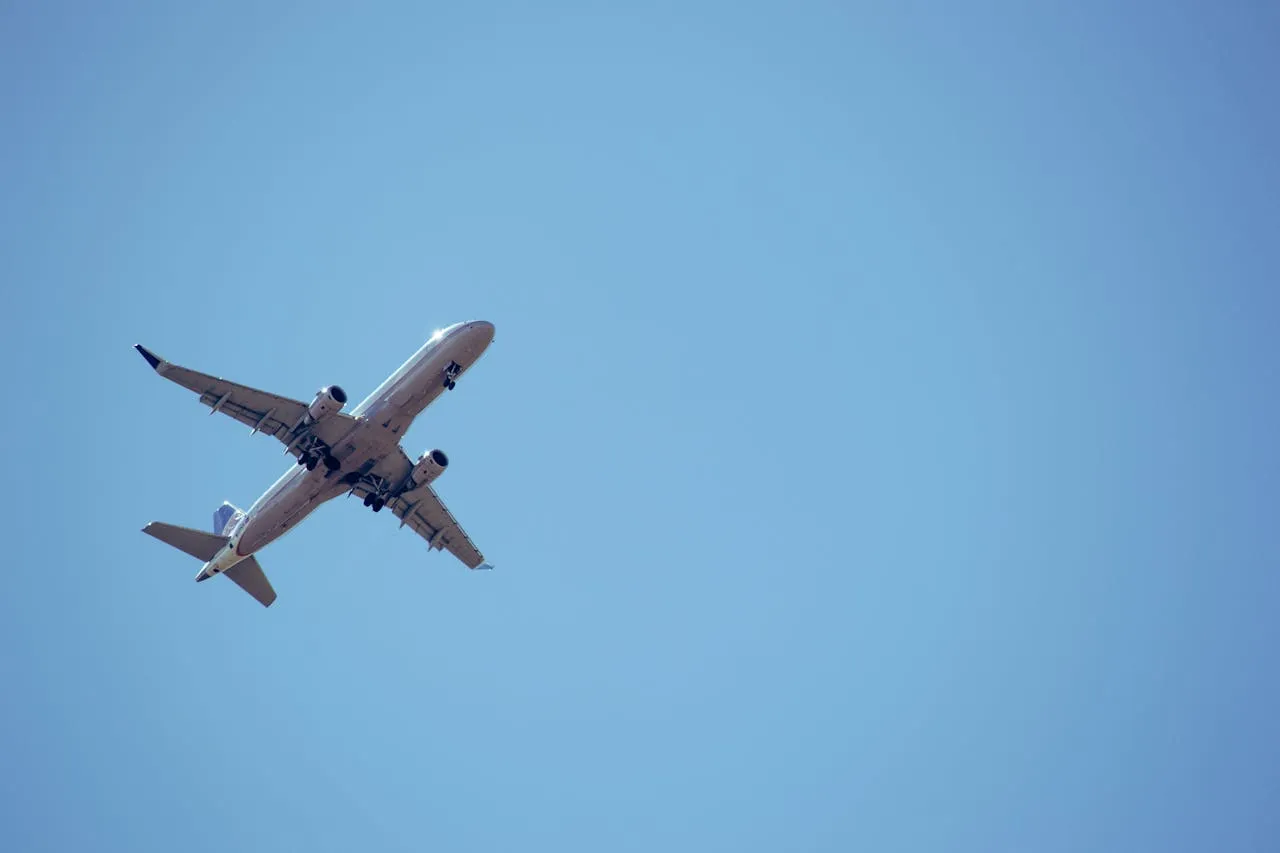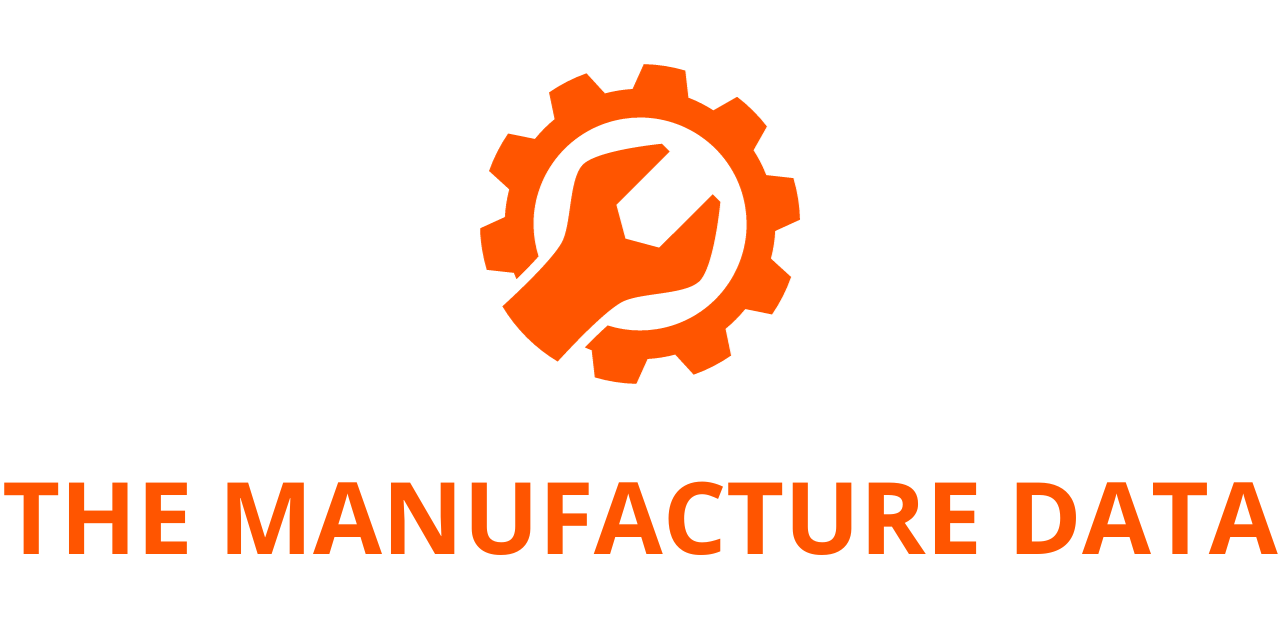
X-37B Spaceplane Gears Up for Eighth Mission Featuring Advanced Space Technologies
The Boeing-built X-37B Orbital Test Vehicle (OTV) is preparing to embark on its eighth mission, marking another milestone in the U.S. Space Force’s efforts to test and demonstrate cutting-edge space technologies. Designated OTV-8, the upcoming mission is scheduled to launch no earlier than August 21 from Florida’s Space Coast. This launch will occur just under six months after the successful conclusion of its predecessor, OTV-7.
Developed by Boeing [NYSE: BA], the X-37B is a reusable, uncrewed spaceplane designed for extended missions in low-Earth orbit. Since its maiden voyage in 2010, the spacecraft has spent more than 4,200 cumulative days in space, hosting a range of experimental payloads and technology demonstrations on behalf of the Department of Defense and other mission partners.
“With each successive flight, the X-37B has demonstrated adaptability and flexibility by hosting diverse experiments and pioneering new orbital regimes,” said Michelle Parker, vice president of Boeing Space Mission Systems. “This mission continues that legacy by fielding cutting-edge technologies that advance our nation’s space capability and improve the resilience of future architectures.”
OTV-8 is set to fly with a service module—a structural addition that increases the spaceplane’s capacity to carry experimental payloads. The module will support a new array of advanced technologies, with contributions from key partners including the Air Force Research Laboratory (AFRL) and the Defense Innovation Unit (DIU).
Among the mission’s high-profile payloads is a demonstration of high-bandwidth inter-satellite laser communications. This capability aims to enhance data transfer speeds and improve the connectivity of future space architectures. It reflects a broader push by the U.S. Space Force to integrate commercial and government space assets into a resilient, distributed communications network.
“OTV-8’s laser communications demonstration will mark an important step in the U.S. Space Force’s ability to leverage commercial space networks as part of proliferated, diversified, and redundant space architectures,” said Gen. Chance Saltzman, Chief of Space Operations for the U.S. Space Force. “In so doing, it will strengthen the resilience, reliability, adaptability, and data transport speeds of our satellite communications architectures.”
Another headline feature of OTV-8 is the most advanced quantum inertial sensor ever launched into space. Designed to demonstrate highly precise positioning, navigation, and timing (PNT) capabilities in environments where GPS signals are unavailable or degraded, the sensor could become a critical enabler for deep space and lunar operations.
“OTV-8’s quantum inertial sensor demonstration is a welcome step forward for the operational resilience of Guardians in space,” stated Colonel Ramsey Hom, Commander of Space Delta 9. “Whether navigating beyond Earth-based orbits in cis-lunar space or operating in GPS-denied environments, quantum inertial sensing allows for robust navigation capabilities where GPS navigation is not possible. Ultimately, this technology contributes significantly to our thrust within the Fifth Space Operations Squadron and across the Space Force—guaranteeing movement and maneuverability even in GPS-denied environments.”
The launch vehicle for OTV-8 has not been officially confirmed, though past missions have used United Launch Alliance’s Atlas V and SpaceX’s Falcon 9 rockets. Final preparations for the spacecraft’s integration and testing are currently underway at Boeing’s facility at Kennedy Space Center in Florida.
The X-37B continues to serve as a unique platform for space-based experimentation. Its ability to return to Earth with cargo, analyze materials and systems post-flight, and be rapidly reconfigured for subsequent missions makes it a versatile tool in the national security space portfolio. In addition to expanding the scope of what’s possible in uncrewed orbital missions, the X-37B’s reusability also contributes to the Space Force’s long-term goals of reducing costs and increasing launch cadence.
As the world’s leading aerospace company and a top U.S. exporter, Boeing develops, manufactures, and services commercial airplanes, defense products, and space systems for customers in more than 150 countries. The company’s extensive global workforce and supply chain play a central role in driving innovation, economic opportunity, and technological advancement. Boeing also maintains a strong commitment to its core values of safety, quality, and integrity, which underpin every aspect of its operations.
With the launch of OTV-8, Boeing and the U.S. Space Force continue to expand the boundaries of what autonomous orbital vehicles can achieve. As interest in space exploration and military preparedness in orbit intensifies, the X-37B remains at the forefront of technological experimentation that could define the next generation of space operations.




